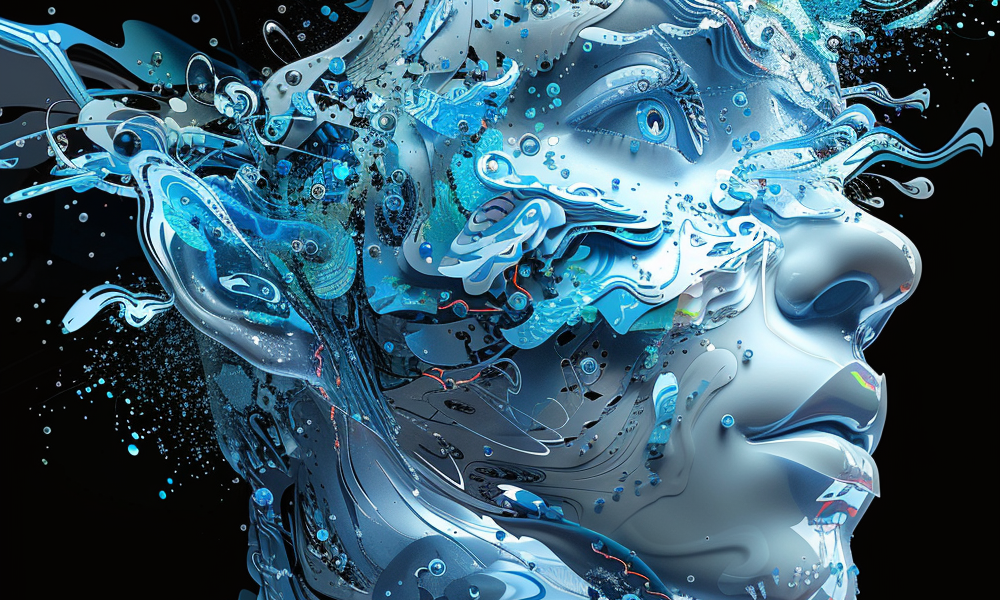
The Emergence of AI in Image Analysis
In the rapidly evolving world of technology, Artificial Intelligence (AI) has proven to be a revolutionary force, particularly in the field of image analysis. Image analysts, once confined to manual interpretation of visual data, are now harnessing the power of AI to perform complex tasks with unprecedented speed and accuracy. This integration of AI is transforming industries, from healthcare to security, and opening up a new frontier of possibilities.
AI-driven image analysis relies on machine learning algorithms, which are trained on vast datasets of images. These algorithms learn to recognize patterns, anomalies, and features that are invisible to the human eye. The ability of AI to analyze and interpret visual data has significant implications for various sectors.
In healthcare, AI image analysis is a game-changer. Diagnostic imaging, such as X-rays and MRIs, can be quickly and accurately assessed by AI, leading to faster diagnosis and treatment plans. AI algorithms can detect subtle changes in imaging that may be early indicators of diseases like cancer, often long before they would be noticed by human practitioners. This early detection is crucial for successful treatment outcomes and illustrates the life-saving potential of AI in medical imaging.
The field of security also benefits immensely from AI in image analysis. Surveillance systems equipped with AI can monitor video feeds in real time, identifying suspicious activities or individuals and alerting authorities immediately. This proactive approach to security has the potential to prevent incidents before they occur, enhancing safety in public spaces.
In the realm of environmental monitoring, AI-driven image analysis can process satellite images to track changes in landscapes, such as deforestation, urban development, and the effects of climate change. This monitoring enables researchers and policymakers to make data-driven decisions to protect our planet.
The retail industry is another beneficiary of AI image analysis. Through customer behavior tracking and inventory management, AI helps retailers optimize their store layouts and stock levels, enhancing the shopping experience and increasing efficiency.
Despite its many applications, AI in image analysis is not without challenges. One of the primary concerns is privacy, as the use of AI in surveillance raises questions about the balance between security and individual rights. Additionally, the reliance on large datasets for training AI models can introduce biases if the data is not diverse or representative.
As AI technology continues to advance, the role of image analysts is shifting from manual image interpretation to more strategic oversight of AI systems. This transition emphasizes the importance of a symbiotic relationship between human expertise and AI capabilities.
In conclusion, AI’s role in image analysis signifies a monumental shift in how we process visual information. It offers a level of precision and efficiency that augments human abilities and has the potential to innovate and improve outcomes across various industries. As we navigate the ethical and technical challenges, the continued development of AI in image analysis promises to unlock new insights and capabilities, furthering our understanding of the world around us.
